-
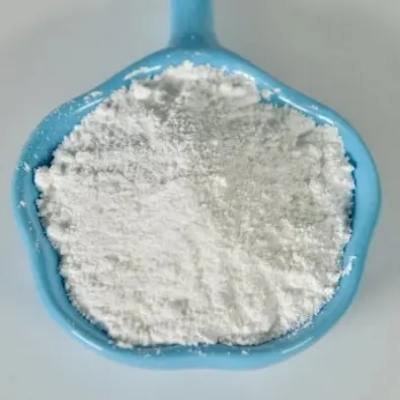
N-benzyl-1-(trifluoromethyl)cyclohexanamine hydrochloride CAS:1427273-05-9
N-benzyl-1-(trifluoromethyl)cyclohexanamine hydrochloride is a chemical compound with applications in medicinal chemistry and pharmaceutical research. With its molecular formula C13H15F3N•HCl, it is a synthetic derivative of cyclohexanamine, modified with a benzyl group and a trifluoromethyl moiety. This compound exhibits unique physicochemical properties that make it valuable for drug discovery efforts and structure-activity relationship studies in the development of novel therapeutic agents.
-
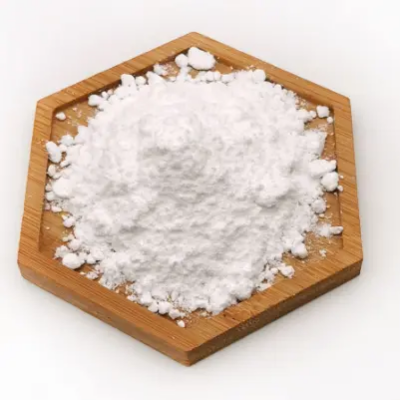
tert-butyl 4-hydroxy-3,4-dihydroquinoline-1(2H)-carboxylate CAS: 932398-74-8
Tert-butyl 4-hydroxy-3,4-dihydroquinoline-1(2H)-carboxylate, commonly referred to as compound Y, is a versatile chemical compound with significant applications in pharmaceutical and material science industries. With a molecular formula of C15H21NO3, this compound features a unique quinoline scaffold substituted with a tert-butyl group and a carboxylate functionality. Its distinctive structure imparts desirable properties crucial for diverse applications, ranging from pharmaceutical synthesis to materials chemistry. As a key intermediate in organic synthesis, it serves as a foundation for the development of novel drugs and functional materials, driving innovation in various sectors.
-

Semaglutide CAS:910463-68-2
Semaglutide is a potent glucagon-like peptide-1 (GLP-1) receptor agonist used in the treatment of type 2 diabetes mellitus and obesity. Structurally similar to the endogenous GLP-1 hormone, semaglutide offers prolonged pharmacological activity due to its modification with a fatty acid side chain. With its molecular formula C187H291N45O59, semaglutide’s extended half-life allows for once-weekly dosing, enhancing patient convenience and adherence to therapy regimens.
-

Linaclotide CAS:851199-59-2
Linaclotide is a guanylate cyclase-C (GC-C) agonist used for the treatment of chronic constipation and irritable bowel syndrome with constipation (IBS-C). Structurally similar to the endogenous guanylin peptide, linaclotide selectively binds to and activates GC-C receptors in the gastrointestinal tract, leading to increased intestinal fluid secretion and accelerated transit time. With its molecular formula C59H79N15O21S6, linaclotide offers a targeted approach to relieve constipation and alleviate abdominal discomfort associated with IBS-C, improving patients’ quality of life.
-
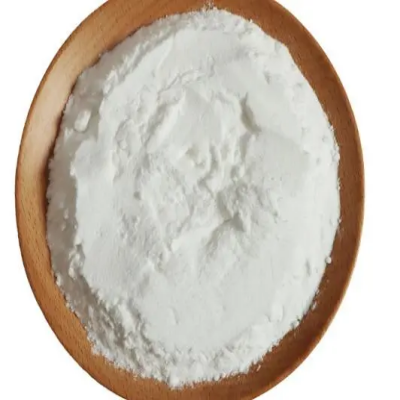
Liraglutide CAS:204656-20-2
Liraglutide is a potent glucagon-like peptide-1 (GLP-1) receptor agonist used in the treatment of type 2 diabetes mellitus and obesity. Structurally similar to the endogenous GLP-1 hormone, liraglutide offers prolonged pharmacological activity due to its modification with a fatty acid side chain. With its molecular formula C172H265N43O51, liraglutide’s extended half-life allows for once-daily dosing, enhancing patient convenience and adherence to therapy regimens.
-
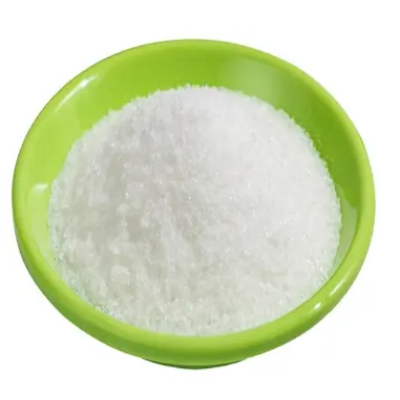
ethyl 4-(hydroxymethyl)-1H-pyrazole-5-carboxylate CAS:61453-49-4
Ethyl 4-(hydroxymethyl)-1H-pyrazole-5-carboxylate, a versatile chemical compound, holds significance across pharmaceutical and agrochemical sectors. With the molecular formula C8H10N2O3, it features a pyrazole ring substituted with an ethyl group, a hydroxymethyl moiety, and a carboxylate functionality. This compound serves as a valuable intermediate in organic synthesis, facilitating the development of various pharmaceuticals and agrochemicals. Its unique structure and functional groups make it a versatile building block for synthesizing molecules with diverse applications, driving innovation in multiple industries.
-
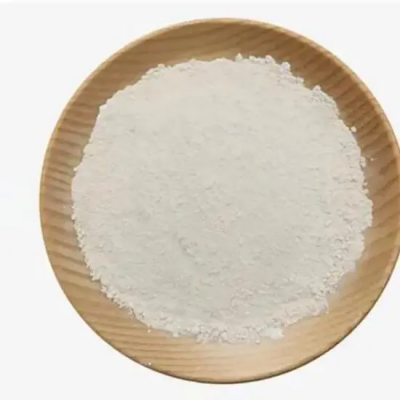
Ethyl 4-cyanopiperidine-4-carboxylatehydrochloride CAS:123730-64-3
Ethyl 4-cyanopiperidine-4-carboxylate hydrochloride, a significant chemical compound, holds prominence in pharmaceutical and agrochemical industries. With the molecular formula C9H14ClNO2, it features a piperidine ring substituted with an ethyl group and a cyano moiety, along with a carboxylate functionality, all bound to a chloride ion. This compound serves as a vital intermediate in organic synthesis, facilitating the development of various pharmaceuticals and agrochemicals. Its unique structure and functional groups make it a versatile building block for synthesizing molecules with diverse applications, fostering innovation in multiple sectors.
-
![methyl imidazo[1,5-a]pyridine-7-carboxylate CAS:1377829-50-9](https://cdn.globalso.com/xindaobiotech/HSUS81DS80Y35NTEZTU180.png)
methyl imidazo[1,5-a]pyridine-7-carboxylate CAS:1377829-50-9
Methyl imidazo[1,5-a]pyridine-7-carboxylate, a chemical compound with the molecular formula C9H7N3O2, is renowned for its versatile applications in pharmaceutical and materials science fields. Featuring an imidazo-pyridine framework, it presents unique structural characteristics that contribute to its diverse uses. This compound serves as a valuable intermediate in organic synthesis, acting as a foundation for the development of pharmaceuticals and functional materials. Its distinctive structure and reactivity make it an essential component in various research and industrial endeavors, driving innovation across different sectors.
-
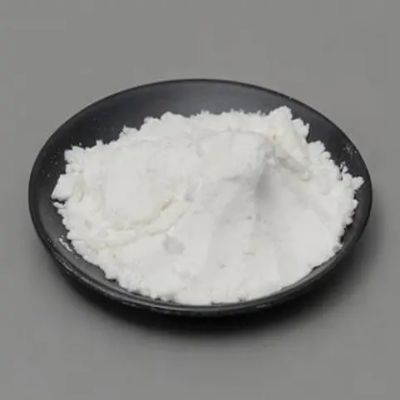
Arg34GLP-1 CAS:1169630-82-3
Arg34GLP-1, also known as Arginine-34 Glucagon-Like Peptide 1, is a bioactive peptide hormone with significant implications in metabolic regulation and therapeutic interventions for diabetes and obesity. This peptide is derived from the glucagon-like peptide 1 (GLP-1) hormone and features an arginine residue at position 34. Its molecular structure and biological activities make it a promising candidate for pharmaceutical applications aimed at improving glucose homeostasis and promoting weight loss.
-

1-tert-Butyl 4-ethyl 4-cyanopiperidine-1,4-dicarboxylate CAS:1016258-66-4
1-tert-Butyl 4-ethyl 4-cyanopiperidine-1,4-dicarboxylate is a chemical compound known for its versatile applications in pharmaceutical and agrochemical industries. With the molecular formula C15H24N2O4, it exhibits a unique structural arrangement featuring a piperidine ring substituted with tert-butyl, ethyl, and cyano groups. This compound serves as a valuable intermediate in organic synthesis, playing a pivotal role in the development of diverse pharmaceuticals and agrochemicals. Its strategic substitution pattern and functional groups make it a versatile building block for synthesizing complex molecular architectures with desirable properties for various applications.
-
![6-Chloro-3,4-dihydro-2H-benzo[b][1,4]oxazine hydrochloride CAS:1956310-17-0](https://cdn.globalso.com/xindaobiotech/VMLV8UWXAZ0XBLS6M117.png)
6-Chloro-3,4-dihydro-2H-benzo[b][1,4]oxazine hydrochloride CAS:1956310-17-0
6-Chloro-3,4-dihydro-2H-benzo[b][1,4]oxazine hydrochloride, commonly known as compound X, is a chemical compound with diverse applications in pharmaceutical and material science industries. With a molecular formula of C8H8ClNO•HCl, this compound features a unique benzo[b][1,4]oxazine scaffold substituted with a chlorine atom. Its distinctive structure makes it a valuable intermediate in organic synthesis, serving as a foundation for the development of various pharmaceuticals and functional materials.
-

8-Methylquinazolin-4(3H)-one CAS:19181-54-5
8-Methylquinazolin-4(3H)-one is a chemical compound with diverse applications in medicinal chemistry and pharmaceutical research. With its molecular formula C9H8N2O, it belongs to the quinazolinone class of compounds and exhibits unique physicochemical properties that make it valuable for drug discovery efforts and structure-activity relationship studies in the development of novel therapeutic agents.

